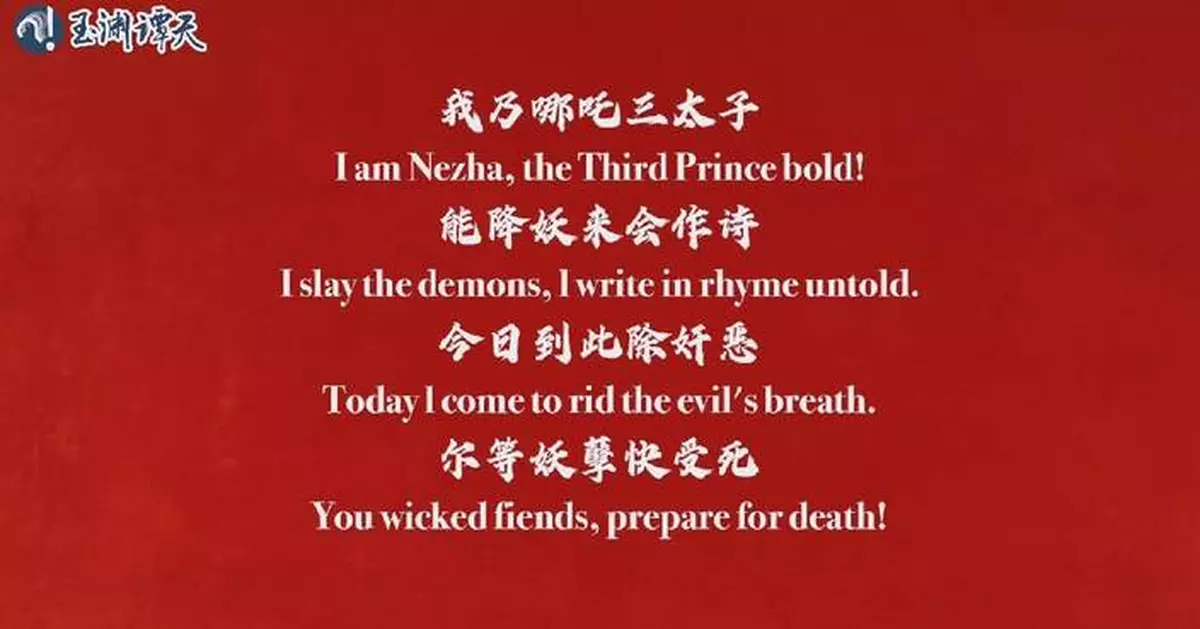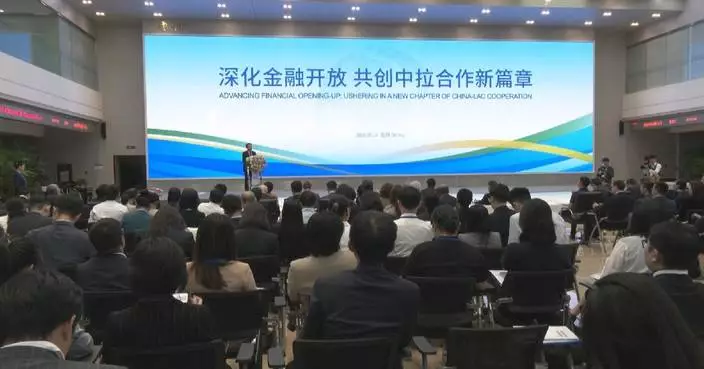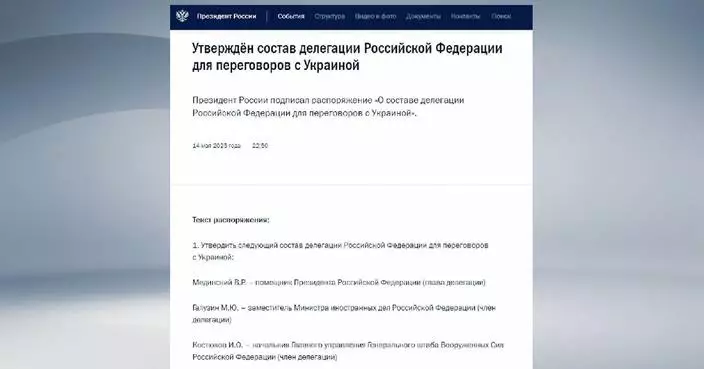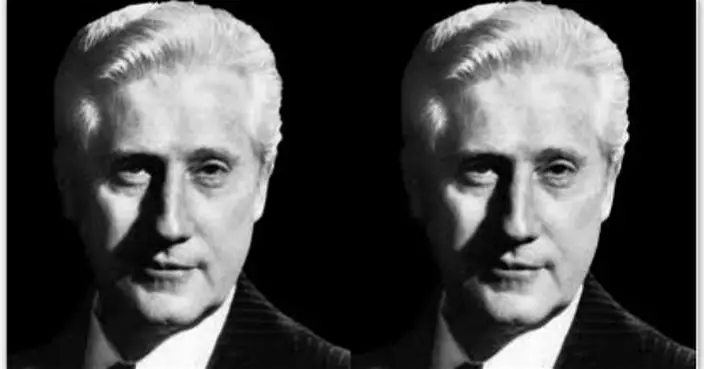The meticulous translation of the Chinese animated blockbuster "Ne Zha 2" helps to bridge the cultural gaps as it reaches a wider range of international audiences, an expert explained.
The film, which was released during the Chinese New Year, has shattered multiple box office records, becoming the first film to cross 1 billion U.S. dollars in a single market and the first non-Hollywood title to join the coveted billion-dollar club.
"Ne Zha 2" and its predecessor the 2019 blockbuster "Ne Zha" were both inspired by the classic 16th-century novel "The Investiture of the Gods". With the global release of "Ne Zha 2", a key question arises: will international audiences fully grasp the cultural and linguistic depth of this film?
The answer lies in the meticulous translation process, which aims to make the story of Ne Zha accessible while preserving its cultural essence. Wang Xiaohui, vice president of the China Academy of Translation, explained how the film's translators tackled three major challenges to ensure its global appeal.
In one pivotal scene, Ne Zha declares "I am Ne Zha, the Third Prince bold! I slay the demons, I write in rhyme untold. Today I come to rid the evil's breath. You wicked fiends, prepare for death!"
To capture the poetic rhythm and epic tone of the original, the translation team used iambic pentameter and heroic couplets, a classic English poetic form.
Wang explained that iambic pentameter uses five metrical feet per line, alternating between unstressed and stressed syllables. This structure, combined with rhyming pairs like bold/told and breath/death, mirrors the original's poetic style while making it resonate with English-speaking audiences.
The team also adapted translations for different contexts. For example, the phrase "Yishen Zhengqi", meaning radiating righteousness, appears multiple times in the film but is translated differently depending on the context.
In the full film, it is translated together with "Zhaoqi Pengbo" to "So full of robust vitality, giving off a righteous vibe." This version captures the character's moral strength and integrity, fitting seamlessly into the narrative.
In the trailer, it is translated to "He is all about righteousness!" Here, the translation is concise and impactful, tailored to the fast-paced nature of a trailer.
Wang stressed the importance of flexibility in translation, noting that translation must adapt to the context. A phrase that works in a full scene might need to be shortened or rephrased for a trailer. The goal is to stay true to the original while ensuring clarity and impact.
Another big challenge was translating culturally specific elements without losing their meaning. For example, the term 'Baolian', a symbol of purity and divinity in Chinese culture, was translated as "sacred lotus" to convey its spiritual significance to global audiences.
Wang highlighted the balancing act, saying that "We aim to preserve cultural essence without alienating audiences. Take a Chinese proverb for example, which literally translates to 'Three cobblers equal Zhuge Liang'. If we simply put the literal translation, foreign audiences might think Zhuge Liang is just a very skilled cobbler. That's why Qian Zhongshu (a renowned Chinese scholar in the 20th century) added context in his translation, 'Three cobblers, with their wits combined, equal Zhuge Liang, the mastermind.'" This way, the meaning is clear, and the cultural essence remains intact, Wang explained.
The translation of "Ne Zha 2" reflects a broader philosophy that cultural confidence requires cultural sensitivity.
"In recent years, we have developed greater cultural awareness and confidence. However, the more confident we become, the more inclusive and open-minded we should be," Wang said.
Through precise poetry, contextual adaptability, and cultural nuance, the translation team behind "Ne Zha 2" strive to make Ne Zha's heroism and mythical legacy resonate across borders, proving that storytelling can bridge cultures and connect peoples.
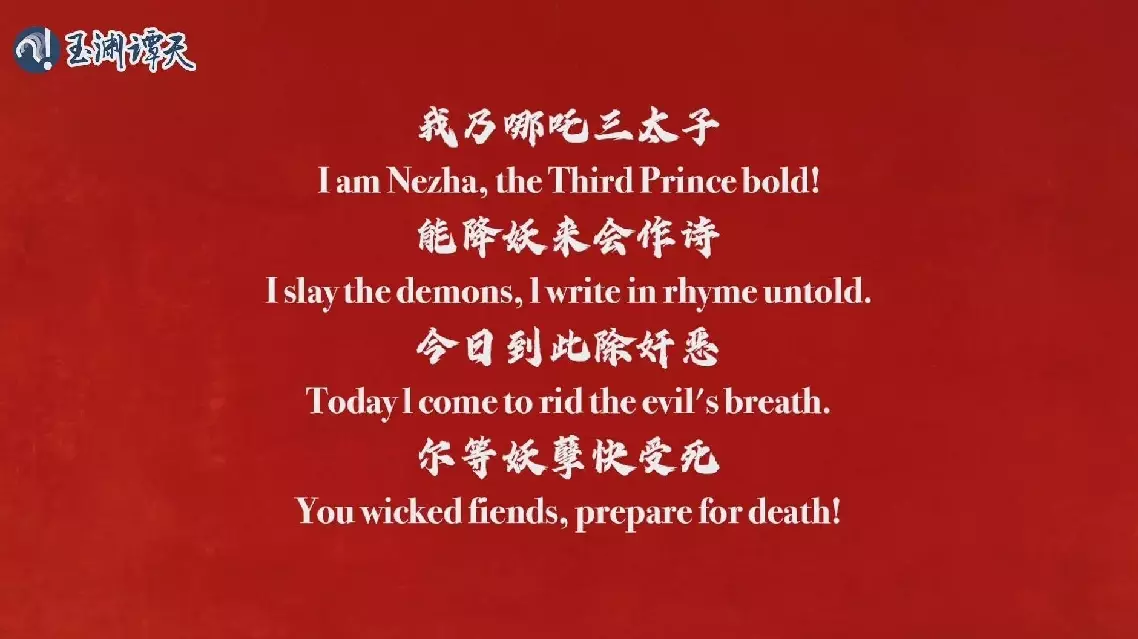
Expert on how translation brings Chinese blockbuster "Ne Zha 2" to global audiences


